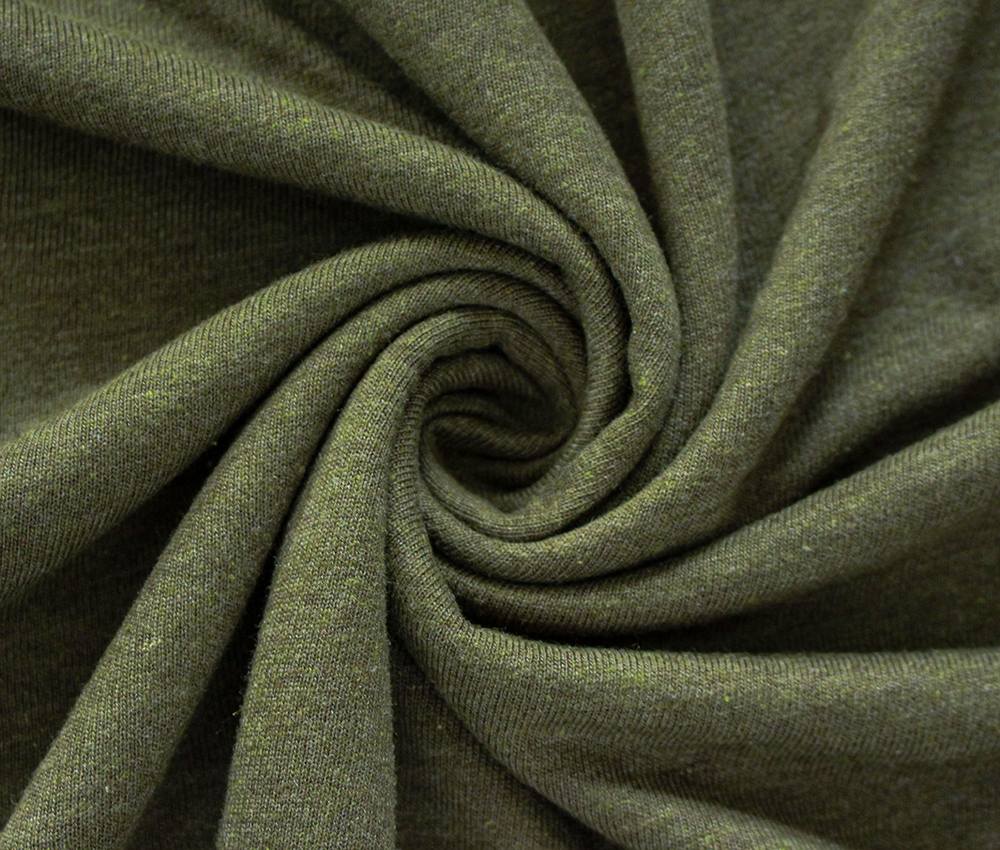0086-18057388688
A Sustainable Revolution in Textiles
In a world increasingly conscious of environmental impact, the demand for sustainable and eco-friendly materials is higher than ever. One textile gaining significant attention in this space is Bamboo Hemp Knit Fabric—a unique blend that combines the best properties of bamboo and hemp fibers. This innovative fabric is redefining the standards of comfort, durability, and sustainability in fashion and textile industries.
What is Bamboo Hemp Knit Fabric?
Bamboo hemp knit fabric is created by blending fibers derived from bamboo and hemp plants and then knitting them into a fabric structure. Bamboo is known for its silky texture, breathability, and antimicrobial properties, while hemp is prized for its strength, durability, and minimal environmental impact. The knit construction adds elasticity and softness, making this fabric particularly appealing for casual wear, activewear, and baby clothing.
The Sustainability Advantage
Both bamboo and hemp are fast-growing, renewable resources that require significantly less water and fewer pesticides than conventional cotton.
Here’s a closer look at their environmental credentials:
- Bamboo: Grows quickly (some species up to 3 feet per day), absorbs more carbon dioxide than trees, and requires no chemical fertilizers.
- Hemp: Replenishes soil nutrients, uses little water, and is naturally resistant to pests and weeds.
By combining these two fibers, bamboo hemp knit fabric becomes a powerhouse of sustainability, offering a viable alternative to synthetic and environmentally damaging textiles.
Comfort Meets Performance
One of the main attractions of bamboo hemp knit fabric is its exceptional feel. The bamboo contributes to a soft, luxurious hand similar to that of rayon or silk, while the hemp adds a subtle texture and enhances durability. The knit construction allows for excellent stretch and flexibility, making the fabric ideal for garments that require comfort and ease of movement.
the fabric naturally wicks moisture, regulates temperature, and resists odors, making it a favorite for everything from everyday loungewear to performance-driven apparel.
Applications and Versatility
Thanks to its unique blend of properties, bamboo hemp knit fabric is being used in a variety of applications:
- Apparel: T-shirts, leggings, hoodies, undergarments, and athletic wear
- Children's Clothing: Gentle on sensitive skin and hypoallergenic
- Home Textiles: Eco-conscious bedding, towels, and blankets
- Eco-Fashion: A growing staple for brands committed to sustainability
Challenges and Considerations
While bamboo hemp knit fabric is promising, it does come with challenges. The processing of bamboo into fiber can vary, with some methods being more eco-friendly than others (e.g., mechanical vs. chemical processing). as a niche material, it may come at a higher cost and limited availability compared to conventional fabrics.
The Future of Bamboo Hemp Knit Fabric
As consumers push for more ethical and sustainable fashion, bamboo hemp knit fabric is poised to become a mainstream material. With advances in eco-friendly processing and increased investment in sustainable farming, the fabric offers a compelling solution for brands looking to reduce their environmental footprint without compromising on style or comfort.
































